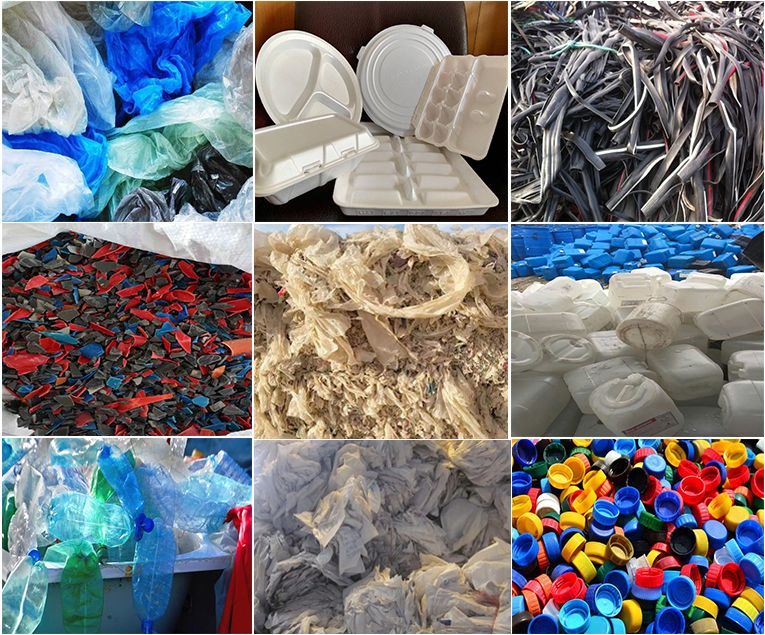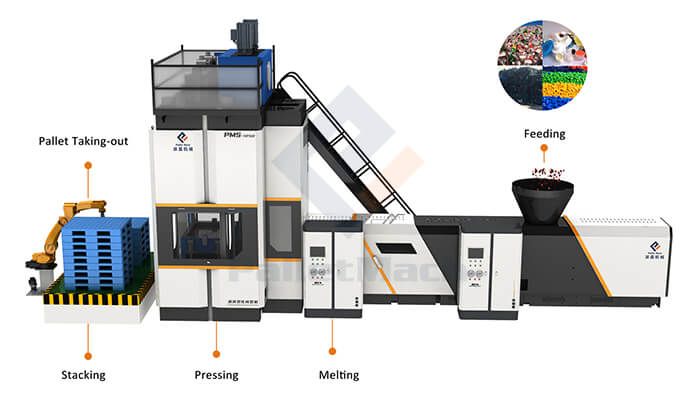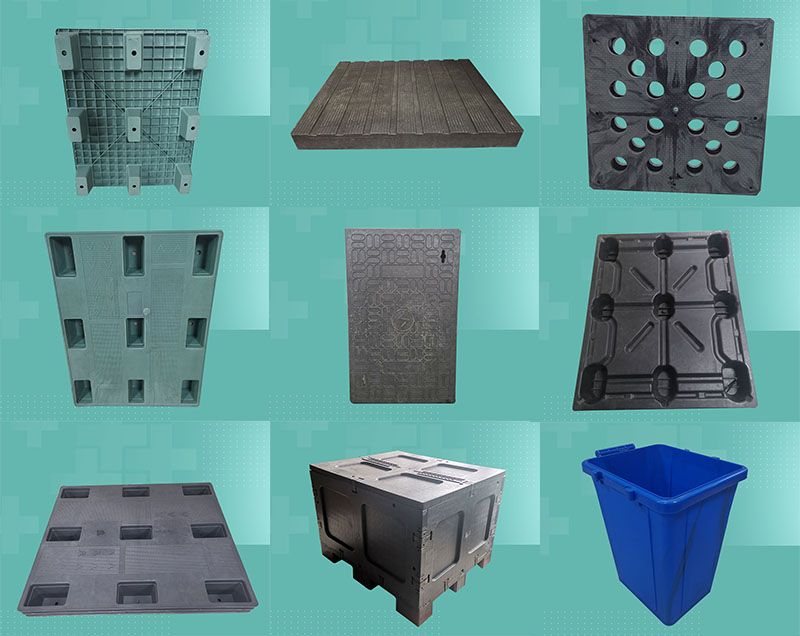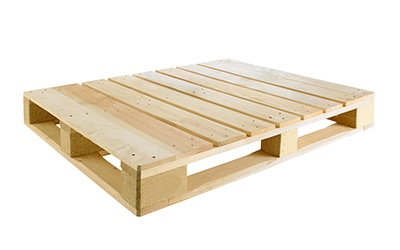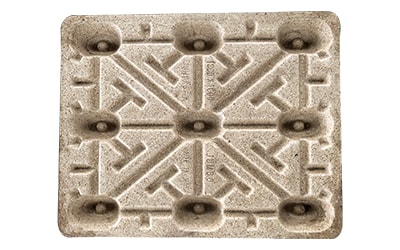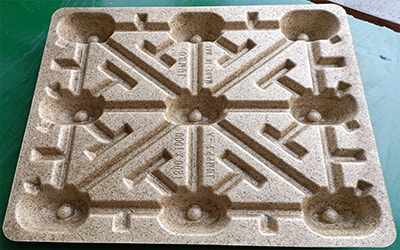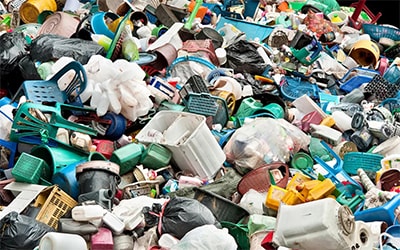Plastic Compression Molding Production Line
New Process for Recycling Waste Plastic
The plastic compression molding production line is mainly designed for recycling waste plastics. At present, the main products are molded plastic pallets. By making the most use of waste plastics for recycling, this production line are energy-saving, environmentally friendly, highly automated and labor-saving. The cost of this production line is greatly reduced compared with the existing plastic injection molding equipment.
What Plastics Are Recyclable?
- There are six common types of plastics. Following are some typical products you will find for each of plastic:
- PS (Polystyrene) – Example: foam hot drink cups, plastic cutlery, containers, and yogurt.
- PP (Polypropylene) – Example: lunch boxes, take-out food containers, ice cream containers.
- LDPE (Low-density polyethylene) – Example: garbage bins and bags.
- PVC (Plasticised Polyvinyl chloride or polyvinyl chloride)—Example: cordial, juice or squeeze bottles.
- HDPE (High-density polyethylene) – Example: shampoo containers or milk bottles.
- PET (Polyethylene terephthalate) – Example: fruit juice and soft drink bottles.
Production Line Equipment
The complete set of equipment includes the feeding system, plastic extrusion and plasticization system, storage quantitative system, hydraulic plastic pallet pressing machine, cooling system, and taking-out device.
Process of Plastic Pallet Production
The extrusion plasticization system of plastic pallet production line is plasticizing the plastic raw materials. The plasticized raw materials enter the storage system for storage, and then pass the quantitative system to accurately supply the mold raw materials according to the required amount of the product. And then the high-pressure plastic pallet pressing machine press to form plastic pallets. And finally, the plastic pallet is taken out by the taking-out device. The whole process is fully automated, without manual operation, and the product quality is stable!
Finished Product Display
Comparison of Compression Molding and Injection Molding
Injection Molding:
The existing injection molding process has high requirements on raw materials, and also has high requirements on the content of raw materials and the fluidity of the raw materials after melting. Therefore, if the injection molding process wants to use recycled plastic as raw materials, the raw materials need to be cleaned, filtered, and even need to re-granulate. The process of cleaning, filtering, and re-granulation will cause a lot of energy consumption. And the wastewater and impurities discharged from cleaning and filtering will cause environmental pollution.
Compression Molding:
The requirements for raw materials and their impurities are very low. The raw materials have a wide range, do not need to be cleaned and filtered, and do not need to be pelletized. The recycled wastes plastic only needs to be simply sorted out of the large particles of metal. After sorting, the scrap metal can be recycled. And other plastics can be directly made into products. So compression molding is reducing a lot of energy consumption, no discharge of wastewater and impurities, energy-saving, and environmental protection.

